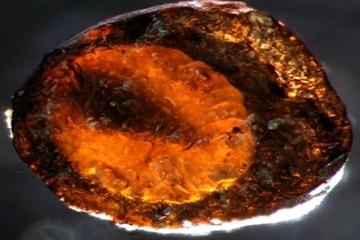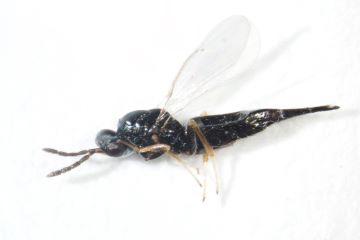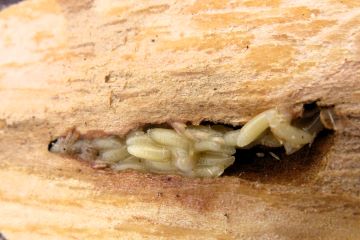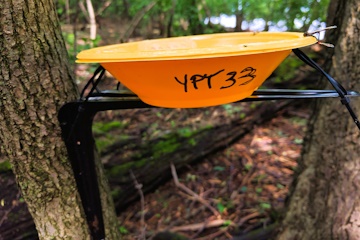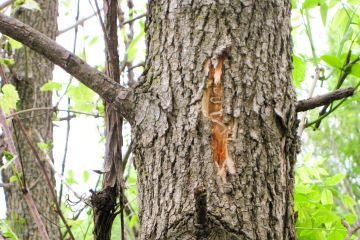Wild elk are found in parts of Minnesota and while relatively rare, they sometimes cause considerable crop damage in this
Emerald Ash Borer Biocontrol Research & Implementation - Phase 1
Project Partners: Robert Venette (1 and 2), Brian Aukema (1), Jonathan Osthus (3) and Monika Chandler (3)
Project Period: 07/01/2011 - 06/30/2014
We made great progress with the biological control for emerald ash borer (EAB) in Phase 1 of this project. We simultaneously released wasps that parasitize EAB while we studied them. EAB can kill ash trees quickly (within five years). We have responded rapidly to EAB finds so that we might avoid large numbers of EAB over extensive areas, a situation that would be difficult to manage effectively. At the same time, we studied the parasitoid wasps to understand their cold tolerance and dispersal capability. Our studies improved our implementation strategies.
Over 127,000 parasitoid wasps were released at 21 sites in the Twin Cities and southeastern Minnesota. Recovery of immature parasitoids in the field demonstrated that these agents are dispersing then finding and parasitizing EAB. We will continue releases in Phase 2. Research efforts demonstrated that the egg parasitoid, Oobius agrili, is the most cold tolerant and the larval parasitoid, Tetrastichus planipennisi, is the least cold tolerant. Therefore, we began releasing T. planipennisi earlier in the season to allow multiple generations to build a population sufficient to withstand anticipated cold induced mortality losses. We learned that T. planipennisi is capable of dispersing almost 5 miles within 24 hours but that most will fly ¾ miles in 24 hours. Therefore, we began releasing T. planipennisi over a large area at a release site rather than at a central cluster to enable faster T. planipennisi dispersal. Research efforts trained a total of six graduate students, five undergraduate students and three technicians in whole or in part on these projects.
We will continue a study of ash health, EAB and parasitoid wasps in the Twin Cities area where EAB was first found in 2009. To date, ash mortality within the study area has been substantially lower than anticipated.
Summary of Project Findings:
We made great progress with the biological control for emerald ash borer (EAB) in Phase 1 of this project. We simultaneously released wasps that parasitize EAB while we studied them. EAB can kill ash trees quickly (within 6 years). We have responded rapidly to EAB finds so that we might avoid large numbers of EAB over extensive areas, a situation that would be difficult to manage effectively. At the same time, we studied the parasitoid wasps to understand their cold tolerance and dispersal capability. Our studies improved our implementation strategies.
Over 127,000 parasitoid wasps were released at 21 sites in the Twin Cities and southeastern Minnesota. Recovery of immature parasitoids in the field demonstrated that these agents are dispersing then finding and parasitizing EAB. We will continue releases in Phase 2. Research efforts demonstrated that the egg parasitoid, Oobius agrili, is the most cold tolerant and the larval parasitoid, Tetrastichus planipennisi, is the least cold tolerant. Therefore, we began releasing T. planipennisi earlier in the season to allow multiple generations to build a population sufficient to withstand anticipated cold induced mortality losses. We learned that T. planipennisi is capable of dispersing almost 5 miles within 24 hours but that most will fly ¾ miles in 24 hours. Therefore, we began releasing T. planipennisi over a large area at a release site rather than at a central cluster to enable faster T. planipennisi dispersal. Research efforts trained a total of six graduate students, five undergraduate students and three technicians in whole or in part on these projects.
We will continue a study of ash health, EAB and parasitoid wasps in the Twin Cities area where EAB was first found in 2009. To date, ash mortality within the study area has been substantially lower than anticipated.
Affiliations:
- University of Minnesota
- USDA Forest Service
- Minnesota Department of Agriculture
